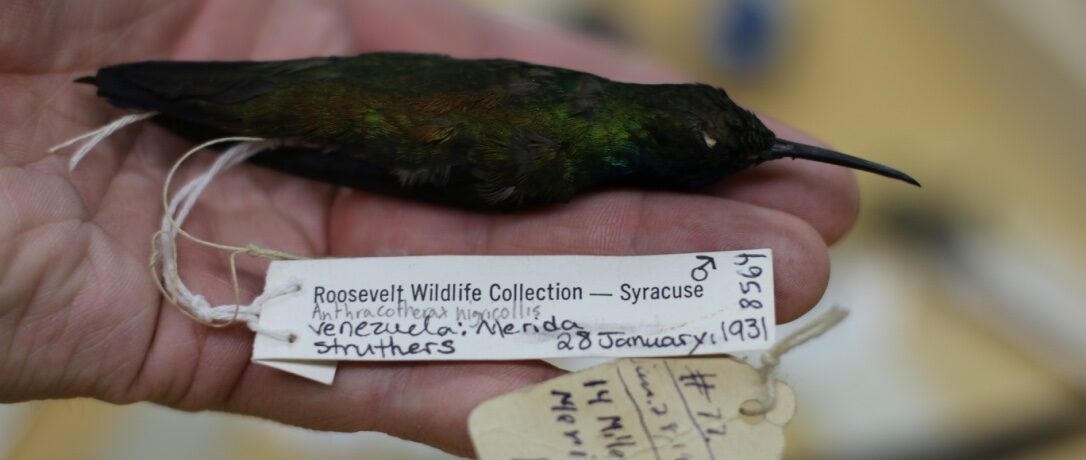President Obama released his proposed budget for fiscal year (FY) 2015 on 4 March 2014. The new fiscal year begins on 1 October 2014. The plan would provide $1.014 trillion for discretionary spending, the same level agreed to in the December 2013 Ryan-Murray budget accord.
Most federal science agencies would receive a small budget increase if President Obama’s request for fiscal year (FY) 2015 were enacted. The administration proposes $135.4 billion for federal research and development, an increase of 1.2 percent relative to the FY 2014 enacted level. This is less than the anticipated 1.7 percent increase in inflation, but higher than 0.2 percent increase proposed overall for discretionary spending.
“Earlier this year, thanks to the work of Democrats and Republicans, the Congress produced an agreement that undid some of last year’s severe cuts to priorities like education and research, infrastructure, and national security,” said President Obama in his message accompanying the budget. “Recognizing the importance of that bipartisan compromise, the Budget adheres to the spending levels agreed to by the Congress for fiscal year 2015. But there is clearly much more we can and should do to invest in areas like infrastructure, innovation, and education that will create jobs, economic growth, and opportunity. So I am including in my Budget a fully paid for Opportunity, Growth, and Security Initiative that provides the Congress a roadmap for how and where additional investments should be made in both domestic priorities and national security this year.”
The $56 billion Growth, Opportunity, and Security Initiative would boost spending for defense and non-defense programs beyond what is proposed in the administration’s budget request. The Initiative would direct $5.3 billion in additional funds for science and technology, including $1 billion for a climate resilience fund, $552 million for the National Science Foundation (NSF), $970 million for the National Institutes of Health (NIH), and additional funding for other federal science programs. Congress seems unlikely to support the supplemental request since it exceeds the budget caps that recently gained bipartisan support.
The budget request also seeks to replace sequestration starting in FY 2016 through new spending cuts, added tax revenue, and immigration reform.
The FY 2015 budget includes $64.7 billion for basic and applied research. This is $251 million more than the current level.
The White House once again proposed a reorganization of science, technology, engineering, and mathematics (STEM) education. The “fresh” proposal would consolidate some STEM programs within agencies, but would not transfer programs to other agencies, as was proposed and soundly rejected in the FY 2014 budget request. The new plan has five focus areas in STEM education: Pre-K to 12, undergraduate, graduate, broadening participating, and informal education. The proposed total funding of $2.9 billion for STEM education is a 3.7 percent increase relative to the current total.
A summary of proposed funding for some science agencies follows. For some agencies, only research and development (R&D) funding, which is a subset of total agency funding, is presented due to limited information released by agencies. All comparisons are to the FY 2014 enacted level.
- Department of Energy Office of Science: $5.1 billion (+$45 million)
- Biological and Environmental Research: $628 million (+$18 million)
- Environmental Protection Agency R&D: $560 million (no change)
- National Institutes of Health: $30.2 billion (+$211 million)
- National Oceanic and Atmospheric Administration R&D: $688 million (+$27 million)
- National Science Foundation: $7.3 billion (+$83 million)
- Research and Related Activities: $5.8 billion (-$1.5 million)
- Education and Human Resources: $889 million (+$43 million)
- Major Research Equipment and Facilities Construction: $201 million (+$0.8 million)
- Smithsonian Institution R&D: $252 million (+$20 million)
- U.S. Department of Agriculture
- Agricultural Research Service: $1.1 billion (-$18 million)
- Agriculture and Food Research Initiative: $325 (+$9 million)
- U.S. Forest Service Forest and Rangeland Research: $275 million (-$18 million)
- U.S. Fish and Wildlife Service: $1.3 billion (+$72 million)
- U.S. Geological Survey: $1.1 billion (+$41 million)
- Ecosystems Activity: $162 million (+$9 million)
The scientific community is still evaluating the President’s budget request.
Most agencies have yet to release details about their budgets. Thus, it is still unclear how some proposed increases or decreases would be distributed across programmatic activities (e.g., how the proposed decrease for NSF research would be distributed among the research directorates). A more detailed analysis of the budget will be released in a forthcoming report by the American Institute of Biological Sciences.

